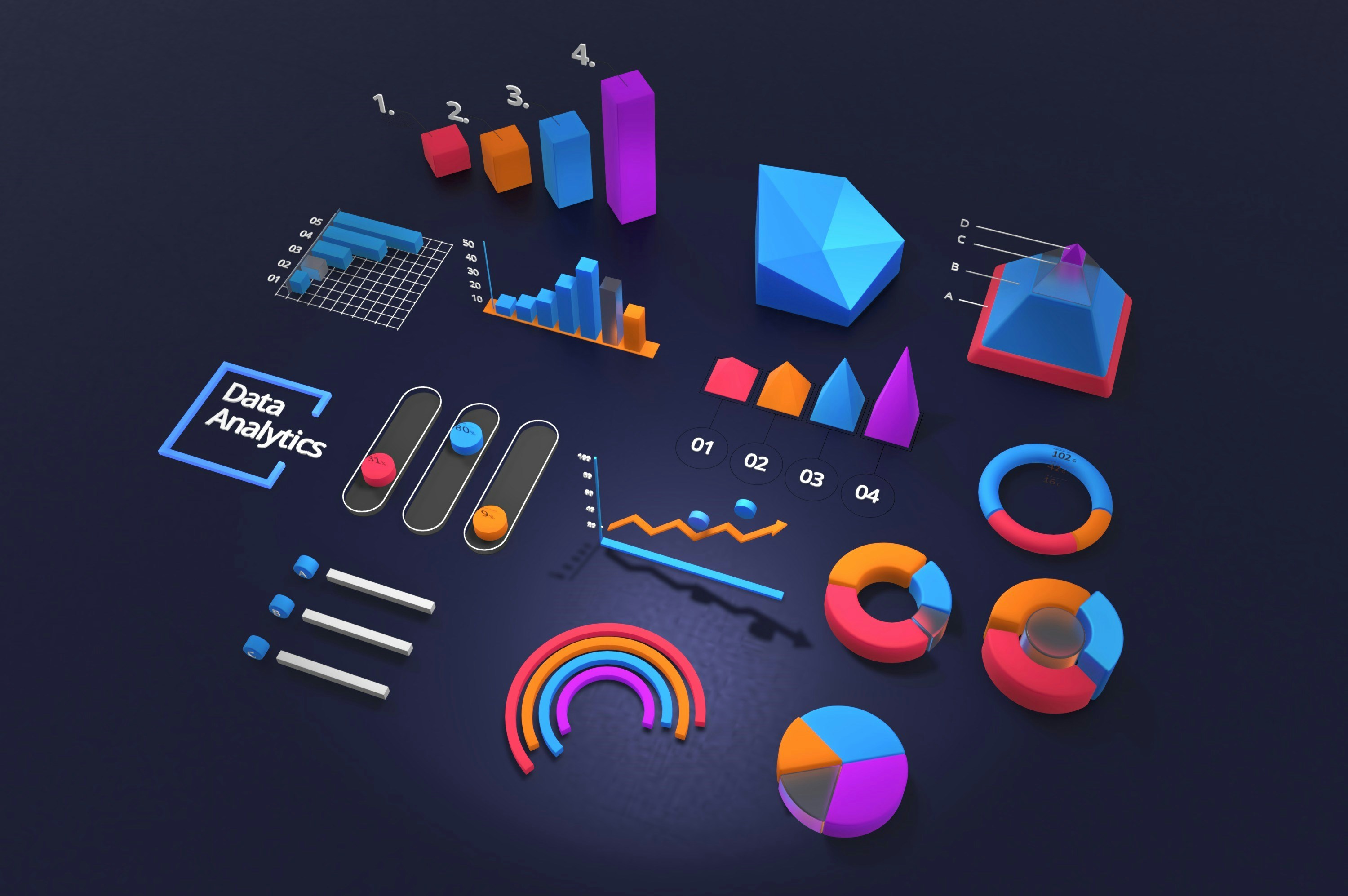Sales Funnel Stages, Definition, Process & Examples
 As a sales rep, you’re constantly fighting an uphill battle for attention from prospects and leads. It can seem as if the harder you try to sell, the harder the job becomes.
As a sales rep, you’re constantly fighting an uphill battle for attention from prospects and leads. It can seem as if the harder you try to sell, the harder the job becomes.
But there’s a process that can help sales reps convert cold prospects into hot leads, whether those leads are taken from landing pages, social media, or a piece of content. Being aware of key outreach techniques along the buyer’s journey can significantly influence the purchasing decisions of prospective customers.
This is known as the sales funnel.
You need to create a sales funnel in order to convert your website visitors into new paying customers. If you don’t, you could struggle to generate new customer revenue.
What is a Sales Funnel and Why Do I Need To Know About It?
A sales funnel is an extremely useful visual representation of the customer journey from start to finish, from their first contact with you and your brand all the way through the buying process until a completed purchase has been made.
Just like the name implies, a sales funnel is the narrowest at its bottom and widest at the top.
Each stage of the sales funnel pushes your most qualified prospects into the next stage and drops those that are not ideal customers for your specific offer or marketing strategy.
Your sales funnel is directly connected to your target customers’ journey phases, which can be sorted into three parts: top, middle, and bottom.
A sales funnel will help you to better understand what your customers are thinking and doing at each stage of the sales journey, especially when it comes to pain points or buyer persona behaviors. These valuable insights allow you to invest in the right marketing channels and activities, create relevant messaging during each stage, and convert more prospects into paying customers.
What Are the Stages of a Sales Funnel?
From the exact moment prospects hear about your product or service until the moment they make a purchase (or don’t), they pass through different stages of the sales funnel.
That journey may change from prospect to prospect, but in the end, they will evaluate whether your product or service is the best solution for them and their specific needs Each stage of the sales funnel requires a different approach. Why? Simply because you don’t want to send the wrong message at the wrong time. Think about it this way: it’s kind of like a waiter asking you what you want for dessert before you’ve even put in an order for appetizers and drinks.
Let’s break down exactly what happens during each stage of the sales funnel:
Top of the Funnel: Awareness, Discovery, and Interest
Early in their journey, your potential customers are going through a specific problem and are determining how they can go about solving it.
Customers tend to have many questions and thoughts about their problem as they likely haven’t named the problem itself — they just know the symptoms. They’re trying to verbalize the specific issue at hand and are looking for a trusted source of information.
At the top of the sales funnel, your potential new customer wants to feel educated, and not to mention confident to be able to talk about their problems when the time comes.
From a marketing perspective, they want content that’ll guide them through the topic that matters to them, including videos, blog posts, and even quizzes. Product and market content through infographics and case studies that give your target audience the valuable info they’re looking for.
In this important stage, your untouched prospects convert into contact-made prospects, and you’ve got yourself some lead generation. It’s time for the salespeople to ask relevant questions and qualify your lead, which is what takes us to the next stage: the middle of the sales funnel.
Middle of the Funnel: Exploration and Decision-Making
In the middle stage of the funnel, you’re no longer dealing with faceless and nameless contacts. They now have a name for their problem and have defined it. They’re looking into all available solutions such as products and services — specifically, your products and services.
Questions at this stage are no longer generic. Rather than asking “why” questions, your leads are diving into a wide range of opportunities to remedy their struggle. They have a good understanding of their pain points and want to know the possible solutions.
At this point, they might not necessarily be evaluating specific solution providers and their unique products just yet. Instead, they’re searching for the types of solutions available to them so they can make the best decision possible.
Bottom of the Funnel: Taking Action and Making a Purchase
The bottom of your sales funnel is when your lead now knows everything about their specific problem and the best type of solution for them. They are ready to take action and make a purchase.
The role of the sales team is to get the purchase, but your goal shouldn’t be just to get your almost-customer to point-of-sale (PoS). You should also set them up for long-term customer success with your unique product or service.
This means providing them with information that will help introduce and incorporate the new solution into their everyday lives.
Consider including these types of content in the final stage of the sales funnel:
- Customer or insider success tips
- Training webinars or product implementation
- Special offers
- Follow-up email campaigns
- Bundled packages
Common Leaks in Your Funnel Where You May Be Losing Sales
Whether you’re a coffee shop owner or an online beauty store, having an effective sales funnel to push cold prospects into hot leads and then into happy customers is of the utmost importance. But if you have leaks in your funnel, you could be losing sales.
Some of the most common signs that your sales funnel has a leak include:
- Your leads don’t consistently follow the path of your funnel.
- The quality of your leads have declined, or lead quality is pretty inconsistent.
- You are generating a lot of qualified leads, but very few are moving on.
- Your leads have dried up entirely.
- Qualified leads are getting lost during the handoff between internal teams.
It’s critical to your growing brand that you’re able to determine where these problems are happening and how to repair them at every stage of your sales funnel. Learning how to do so — in the most efficient way — will bring you the highest return on your marketing dollar.
Showing any of the signs listed above? These reasons below could be why:
User experience problems: For example, slow loading times, poor mobile optimization, or compatibility issues.
Conversion killers: Aside from user experience problems, also pay attention to web forms, interruptions such as notifications or popups, and page visits that suddenly kill your chances of converting.
Weak CTAs: If your call-to-action is not compelling enough, or confusing, your leads are always going to leak.
Inactivity after conversions: New leads will drop off if you’re not following up quickly or effectively. This means you’re not sending email confirmations, promotional offers, loyalty programs, reminders, etc.
Low customer retention rate: Your work isn’t complete once you convert a new lead; your next mission is to turn this happy customer into a repeat buyer.
Low email engagement: It’s challenging to nurture leads if your primary source of getting in contact with them directly isn’t getting the engagement you are hoping for.
As sales funnels become longer and more complex, it takes a little bit more work to fill the gaps and stop those leads from slipping away. You’re going to need access to the right data to help you spot these problems from the get-go and solid automation platforms like Kissmetrics, so you can respond to issues at scale instantly.
The Takeaway
Developing and optimizing an effective sales funnel takes time. But it’s the best way to compete in any online marketplace. Take time to create a sales funnel that represents what you want and your audience wants. Cultivate it over time using analytic tools like Kissmetrics to adjust your approach as needed and find out what works and what doesn’t.
With Kissmetrics, you can take your customers to the next stage in their journey — request a demo with us.
Sources:
https://www.entrepreneur.com/article/296526
https://briancartergroup.com/the-5-sales-funnel-mistakes-99-of-businesses-are-making/


